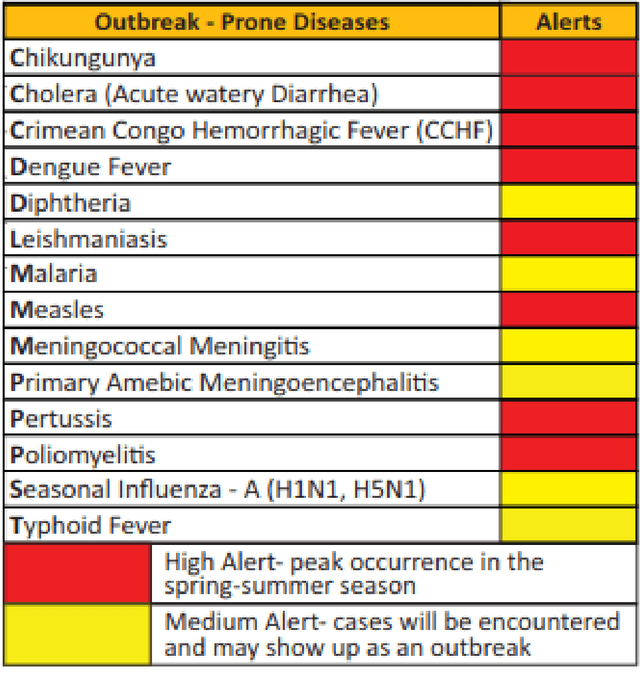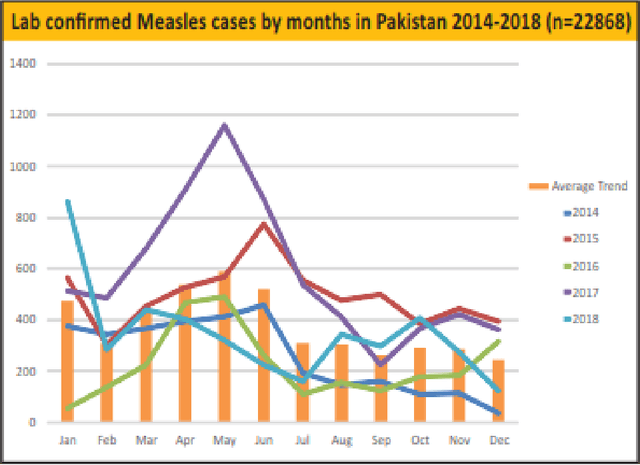Maheen Bakhtyar
Compact Binary Fingerprint for Image Copy Re-Ranking
Sep 16, 2021



Abstract:Image copy detection is challenging and appealing topic in computer vision and signal processing. Recent advancements in multimedia have made distribution of image across the global easy and fast: that leads to many other issues such as forgery and image copy retrieval. Local keypoint descriptors such as SIFT are used to represent the images, and based on those descriptors matching, images are matched and retrieved. Features are quantized so that searching/matching may be made feasible for large databases at the cost of accuracy loss. In this paper, we propose binary feature that is obtained by quantizing the SIFT into binary, and rank list is re-examined to remove the false positives. Experiments on challenging dataset shows the gain in accuracy and time.
Identifying negativity factors from social media text corpus using sentiment analysis method
Jul 06, 2021



Abstract:Automatic sentiment analysis play vital role in decision making. Many organizations spend a lot of budget to understand their customer satisfaction by manually going over their feedback/comments or tweets. Automatic sentiment analysis can give overall picture of the comments received against any event, product, or activity. Usually, the comments/tweets are classified into two main classes that are negative or positive. However, the negative comments are too abstract to understand the basic reason or the context. organizations are interested to identify the exact reason for the negativity. In this research study, we hierarchically goes down into negative comments, and link them with more classes. Tweets are extracted from social media sites such as Twitter and Facebook. If the sentiment analysis classifies any tweet into negative class, then we further try to associates that negative comments with more possible negative classes. Based on expert opinions, the negative comments/tweets are further classified into 8 classes. Different machine learning algorithms are evaluated and their accuracy are reported.
* Paper is accepted in the SOFA 2020 conference
BIOPAK Flasher: Epidemic disease monitoring and detection in Pakistan using text mining
Jun 12, 2021



Abstract:Infectious disease outbreak has a significant impact on morbidity, mortality and can cause economic instability of many countries. As global trade is growing, goods and individuals are expected to travel across the border, an infected epidemic area carrier can pose a great danger to his hostile. If a disease outbreak is recognized promptly, then commercial products and travelers (traders/visitors) will be effectively vaccinated, and therefore the disease stopped. Early detection of outbreaks plays an important role here, and beware of the rapid implementation of control measures by citizens, public health organizations, and government. Many indicators have valuable information, such as online news sources (RSS) and social media sources (Twitter, Facebook) that can be used, but are unstructured and bulky, to extract information about disease outbreaks. Few early warning outbreak systems exist with some limitation of linguistic (Urdu) and covering areas (Pakistan). In Pakistan, few channels are published the outbreak news in Urdu or English. The aim is to procure information from Pakistan's English and Urdu news channels and then investigate process, integrate, and visualize the disease epidemic. Urdu ontology is not existed before to match extracted diseases, so we also build that ontology of disease.
 Add to Chrome
Add to Chrome Add to Firefox
Add to Firefox Add to Edge
Add to Edge